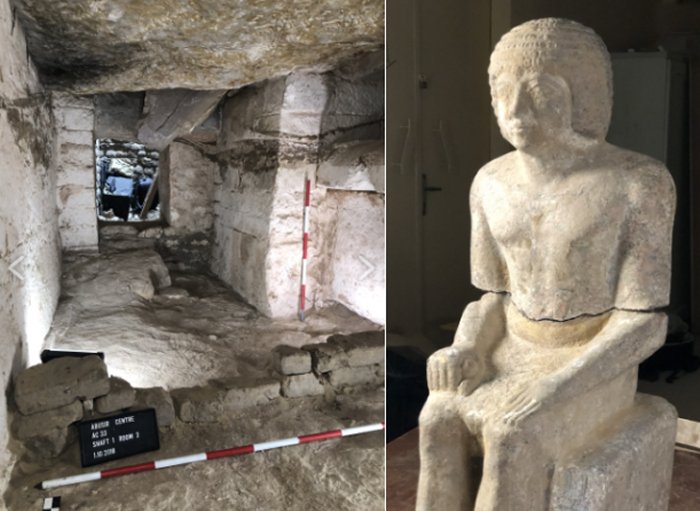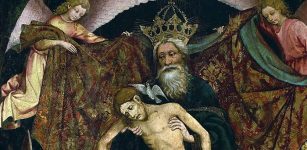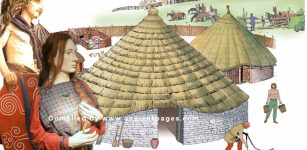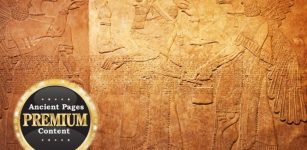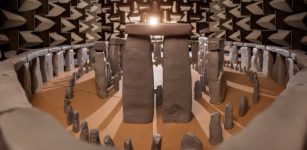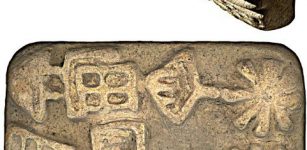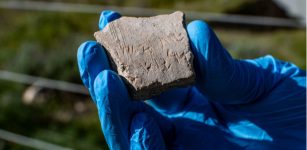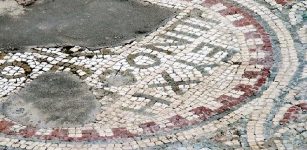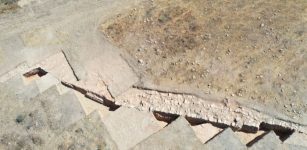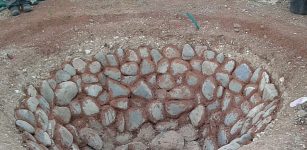Ancient Tomb Of Exceptional Priest Kaires – The Sole Friend And Keeper Of The Secret Of The Morning House Discovered In Egypt
AncientPages.com - Archaeologists excavating in Egypt have discovered a unique burial complex of the royal confidant and priest Kaires.
Kaires was an unusual man of great importance and he had many responsibilities. According to historians, Kaires was the sole friend (of the king), overseer of all king’s works, keeper of the secret of the Morning House, steward of the royal palace, foremost of the House of Life, inspector of the priests serving in the pyramid complexes of kings Sahure and Neferirkare, priest of the goddess Hathor, mistress of the sycamore, in Cusae (a city in southern Egypt), custodian of the two thrones (i.e. of southern and northern Egypt), as well as a holder of several other titles.
The Morning House was a specific location, where the king would come in the morning to eat breakfast and get dressed, whereas the House of Life was an institution, where Egyptians stored texts recorded on papyrus scrolls containing their knowledge and religious-philosophical treatises.
Left: Burial chamber with a sarcophagus. Right: Complete granite statue of Kaires. Credit: Czech Institute of Egyptology, Faculty of Arts, Charles University
The Egyptian priest’s tomb is located in the heart of the pyramid field of the 25th and 24th centuries BC, i.e. the reign of the 5thDynasty of the Egyptian Old Kingdom in an area, where only members of the royal family and the highest state dignitaries of the time were buried.
The complex of Kaires extends over an area of over 500 m2, and besides the tomb itself contains several other rooms which served for the funerary cult and the ritual purification of the priests before they could enter the tomb. The cult chapel represents a completely unique architectural feat of the entire 3rd millennium BC, as it was paved with basalt blocks. The use of basalt was an exclusive privilege of the kings and its presence here is one of several pieces of evidence of the exceptional status of the tomb owner. Unfortunately, only a few pieces of the cultic stela with the owner’s titles, the so-called false door, have been preserved to present times.
Lower part of statue detail. Credit: Czech Institute of Egyptology, Faculty of Arts, Charles University
Unfortunately, the burial place of Kaires has long been badly looted already in antiquity, but in front of the limestone sarcophagus, his granite statue with remnants of colors and further titles has been somewhat miraculously preserved in its original location. It is these titles that indicate Kaires’ exceptional career.
The discovery of this statue presents the answer to the years-lasting question, whether the ancient Egyptians placed statues into burial chambers. It proves they indeed did.
See also:
Daily Life Of Priests And Priestesses In Ancient Egypt
Life And Legacy Of Queen Tiye, Mother Of Akhenaten – Was She Egyptian Or Nubian?
Ankhesenamun – Mysterious Death Of Tutankhamun’s Wife Ended The True Amarna Bloodline
Pharaoh Merneptah – His Giant Sarcophagus And Unique Victory Stele
Another unique trait of the tomb is the construction of the burial chamber, which was built in an open pit. After the sarcophagus had been lowered and the side walls lined with limestone blocks, the chamber was closed by several giant ceiling blocks of limestone, each of which weighs at least 8–9 tons.
Entrance to chapelCredit: Czech Institute of Egyptology, Faculty of Arts, Charles University
This discovery was made by the current expedition of the Czech Institute of Egyptology of the Faculty of Arts of the Charles University.
Archaeologists say that this is a unique discovery of a tomb of an exceptional figure of the history of Egypt of the 3rd millennium BC. Kaires’ titles place him at the level of the viziers (prime ministers) of the time, whereas the architecture of his tomb completely exceeds the contemporary customs, and the full appraisal of this fact will only be possible after further investigation.
AncientPages.com

